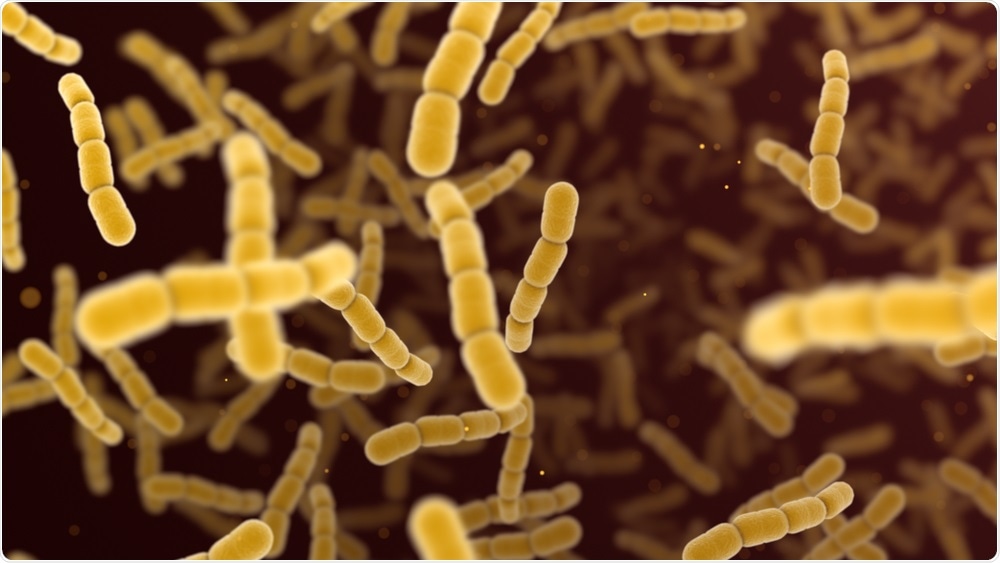In vertebrate evolution, the transition from water to land was crucial. The extant cousin of all tetrapods, the African lungfish (Protopterus sp.), has a dual mode of existence in both aquatic and terrestrial habitats.
Every year, the dry seasons in Africa limit animals' access to food and water, including lungfish. When lungfish are exposed to unfavorable climatic conditions, they coil up, limit their metabolic activity, and produce enormous amounts of mucus, which eventually hardens and forms the cocoon.
 Study: The lungfish cocoon is a living tissue with antimicrobial functions. Image Credit: Jezper / Shutterstock.com
Study: The lungfish cocoon is a living tissue with antimicrobial functions. Image Credit: Jezper / Shutterstock.com
Background
While dormancy permits animals to survive in adverse conditions, it also makes them more vulnerable to predators and pathogenic microorganisms. Estivation is a physiological response that necessitates significant mucosal barrier tissue remodeling. Nonetheless, the immune system's role in this process is largely unknown.
The immune system of African lungfish was studied about a century ago, and abnormally significant deposits of granulocytes were discovered in the stomach, gonads, and kidneys of these animals. These granulocytes were later suggested to play a role in estivation, although no molecular or functional research has supported these initial findings.
In a recent Science Advances study, a team of researchers from several institutions in the United States investigate if the immune system of the lungfish plays a role in estivation by protecting its skin from pathogenic invasion during the vulnerable dormant state.
About the study
The authors previously found that terrestrialized animals had more granulocytes in their epidermis and dermis than free-swimming controls. In the terrestrialized skin, granulocyte recruitment was associated with enhanced messenger ribonucleic acid (mRNA) expression of three granulocyte markers including C-X-C motif chemokine receptor 2 (CXCR2), myeloperoxidase (MPO), and neutrophil elastase (elane).
The enhanced expression of the chemokine receptor CXCR2, which is a marker of neutrophils in mammals, corresponds to neutrophil recruitment in diseased and inflamed tissues. This receptor is encoded by the CXCR2 gene.
MPO is a heme-containing peroxidase that is mostly produced in neutrophils and is required for reactive oxygen species (ROS) production. Neutrophil elastase (elane) is a protease secreted by granulocytes during degranulation and the creation of extracellular traps (ETs), which activates proinflammatory cytokines.
In lungfish reservoir tissues, the expression patterns of these three gene markers were considerably different. Compared to free-swimming controls, CXCR2 expression was not significantly altered in the kidney or gut; however, elane expression was significantly down-regulated by four-fold in the kidney, whereas MPO expression was significantly up-regulated by 68-fold and 120-fold in both the gut and kidneys of terrestrialized lungfish, respectively.
In the dry season, estivating animals such as lungfish and amphibians use cocoon structures to decrease evaporative water loss. Anuran and urodele amphibians' cocoons have previously been described as shed epithelial layers, whereas the lungfish cocoon has been described as a translucent brownish dried mucus structure. The histology findings in this study demonstrated that the lungfish cocoon is a live tissue with a well-defined cellular structure, rather than a dead, dry mucus layer.
Supporting the hypothesis that the cocoon is living tissue, in all of the examined cocoon samples, the authors found an active transcription of epithelial cell marker genes, antimicrobial peptide genes, pro-inflammatory cytokines, goblet cell markers, and granulocyte gene markers. The antimicrobial peptide genes defb1 and defb2 had the highest expression levels of six-fold and nine-fold, respectively, as compared to ck8 of all genes studied in the cocoon. These findings suggest that lungfish terrestrialization involves the formation of a living cellular cocoon that traps bacteria and actively transcribes immune genes to provide long-lasting antimicrobial protection.
From plants to mammals, ET formation is one of the most ancient and well-preserved innate immunity mechanisms. ETs are involved in infection, inflammation, injury, tissue remodeling, and autoimmunity.
The researchers of the current study discovered that the skin of terrestrialized lungfish did not contain granulocytes undergoing ETosis in vivo by immunofluorescence staining with anti-ELANE and anti-H2A antibodies. In contrast, the presence of cells undergoing ETosis was found in all cocoon samples examined.
These experiments demonstrated that granulocytes provide lungfish with two layers of protection during terrestrialization. These two layers include an outer layer found in the microbial-rich cocoon, where transmigrating granulocytes actively undergo ETosis, as well as a second immunological layer found in the inflamed skin where infiltrating granulocytes can undergo ETosis upon stimulation.
Implications
Because of its unusually large deposits of eosinophilic granulocytes, the lungfish immune system has long been considered enigmatic. The reported lungfish immune system adaptations support the physiological process of terrestrialization. This research uncovered a remarkable new type of granulocyte-driven antimicrobial defense that consists of an outer living tissue that wraps around the lungfish body and traps bacteria.
It cannot be concluded how long this outer layer effectively protects lungfish against infection, as estivation can last several months or even years, and this study was limited to the first two weeks of estivation. This extracorporeal bacterial trapping device, on the other hand, appears to be beneficial in estivating animals during metabolic torpor.
Journal reference:
- Heimroth, R. D., Casadei, E., Benedicenti, O., et al. (2021). The lungfish cocoon is a living tissue with antimicrobial functions. Science Advances 7(47). doi:10.1126/sciadv.abj0829.